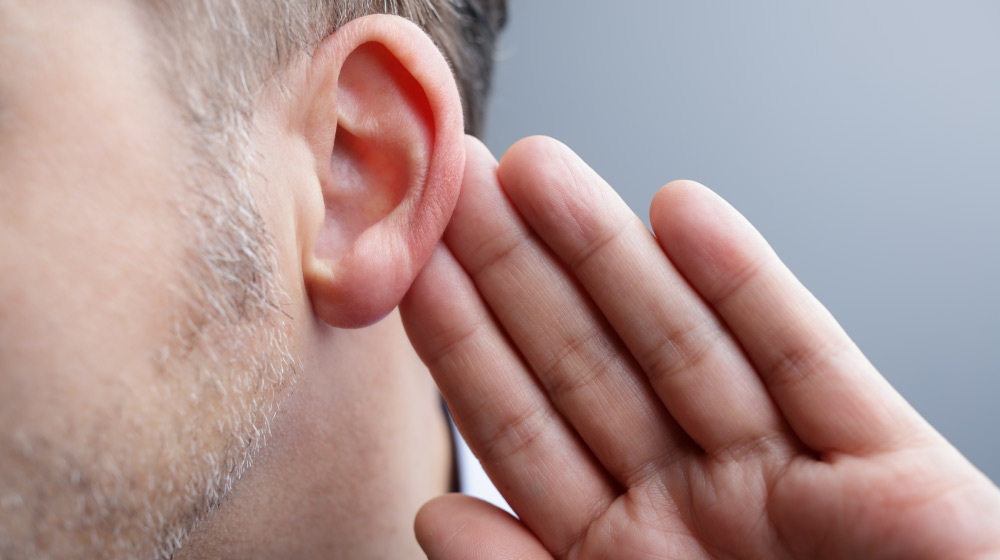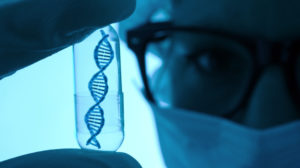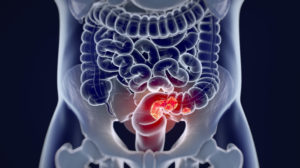Noise-induced hearing loss (NIHL) is the second leading cause of acquired sensorineural hearing loss after aging.
Affecting around 40 million American adults aged 20-69, hearing loss is due to loud noise exposure. The louder the noise and the longer the exposure, the worse it becomes.
NIHL is a concern for daily inconveniences and other health problems. Exposure to loud noise can cause additional health problems such as excessive stress, anxiety, depression, high blood pressure, and heart disease.
There is no cure yet, and molecular mechanisms responsible for its pathogenesis remain to be elucidated – more studies are needed to explore the biological reasons behind NIHL.
Epigenetic changes, i.e., DNA methylation, histone, and microRNA expression modifications, may function as a link between noise exposure and hearing loss. Therefore, the present review aimed to assess whether epigenetic alterations may serve as biomarkers of noise exposure or early effect.
Read the original publication of this study here: Noise-induced epigenetic effects: A systematic review
Learn about noise-induced hearing loss and how noise exposure was able to induce alterations in DNA methylation levels in one study

Noise-induced epigenetic effects: A systematic review
Researchers at the University of Naples Federico II, Italy, reviewed all relevant literature to ascertain if they could make conclusions about the epigenetic effects of NIHL.
The study was performed by examining data from ISI Web of Science, Pubmed, and Scopus databases.
Researchers found that different animal studies showed histone deacetylases (HDACs) to be involved in hearing loss. Expression of enzymes was higher after hearing loud noises.
Other studies looked at micro RNAs (miRNAs) in people with NIHL or people who had been exposed to loud noise but didn’t have NIHL. They found differential expression in mRNAs of the people who did not have NIHL but were noise-exposed.
NIHL is a life-changing condition that is getting more exposure to cause, treatment, and research. Despite noise being part of our lives, we can limit exposure to dangerous noise levels and help prevent hearing loss. For example, wearing earplugs is a cost-effective and straightforward method.
Healthcare workers can be active in identifying hearing problems at early stages to prevent NIHL.
Takeaways:
- Noise exposure induced alterations in DNA methylation levels in workers and animal models, resulting in expression changes of genes related to hearing loss and extra-auditory effects.
- Acoustic trauma-affected histone acetylation and methylation levels in animals, suggesting their influence in the pathogenesis of acute noise-induced damage and their role as targets for potential treatments.
- The data shows a relationship between noise and epigenetic effects. However, more studies are needed to define conclusions, such as the epigenetic impact of workplace noise exposure and the role of such alterations in predicting a hearing loss.





